- News
- Reviews
- Bikes
- Accessories
- Accessories - misc
- Computer mounts
- Bags
- Bar ends
- Bike bags & cases
- Bottle cages
- Bottles
- Cameras
- Car racks
- Child seats
- Computers
- Glasses
- GPS units
- Helmets
- Lights - front
- Lights - rear
- Lights - sets
- Locks
- Mirrors
- Mudguards
- Racks
- Pumps & CO2 inflators
- Puncture kits
- Reflectives
- Smart watches
- Stands and racks
- Trailers
- Clothing
- Components
- Bar tape & grips
- Bottom brackets
- Brake & gear cables
- Brake & STI levers
- Brake pads & spares
- Brakes
- Cassettes & freewheels
- Chains
- Chainsets & chainrings
- Derailleurs - front
- Derailleurs - rear
- Forks
- Gear levers & shifters
- Groupsets
- Handlebars & extensions
- Headsets
- Hubs
- Inner tubes
- Pedals
- Quick releases & skewers
- Saddles
- Seatposts
- Stems
- Wheels
- Tyres
- Health, fitness and nutrition
- Tools and workshop
- Miscellaneous
- Cross country mountain bikes
- Tubeless valves
- Buyers Guides
- Features
- Forum
- Recommends
- Podcast
review
£230.00
VERDICT:
Very good chainset spindle-based power meter at an excellent price, although compatibility might be an issue for you
Cost-effective if you have a SRAM Rival drivetrain
Consistent and repeatable results
Limited compatibility
Single-sided power measurement won't suit all
Weight:
360g
Contact:
At road.cc every product is thoroughly tested for as long as it takes to get a proper insight into how well it works. Our reviewers are experienced cyclists that we trust to be objective. While we strive to ensure that opinions expressed are backed up by facts, reviews are by their nature an informed opinion, not a definitive verdict. We don't intentionally try to break anything (except locks) but we do try to look for weak points in any design. The overall score is not just an average of the other scores: it reflects both a product's function and value – with value determined by how a product compares with items of similar spec, quality, and price.
What the road.cc scores meanGood scores are more common than bad, because fortunately good products are more common than bad.
- Exceptional
- Excellent
- Very Good
- Good
- Quite good
- Average
- Not so good
- Poor
- Bad
- Appalling
The SRAM Rival AXS Power Meter is a very good chainset spindle-based upgrade for those who already have a SRAM Rival eTap AXS drivetrain. You can also buy it as a complete chainset for £322.
It's a single-sided design, measuring the power you put in with your left leg only. It's similar to many other power meters in this respect; Garmin's Vector 3S pedal-based system is single-sided, for example, as are many options from Stages, although you can get dual-sided designs from both of these brands too.
> Find your nearest dealer here
The Rival AXS assumes your two legs put out equal amounts of power, taking data from your left leg and doubling it to give your total wattage. Of course, if you have any left/right imbalance in your pedalling, the accuracy of the results will be affected. If your left leg is dominant, the overall figures you're given will be inflated. I'll come back to the readings in a mo.
I took delivery of a non-drive-side crank and the spindle containing the power meter (it's a one-piece design) and used it alongside the drive side of the existing SRAM Rival eTap AXS chainset, complete with 43/30T chainrings.
Technically, any SRAM DUB drive-side crank is compatible with the non-drive-side SRAM Rival AXS Power Meter – so it will even play nicely with Red or Force, although the mismatched cranks might look odd. I had a 175mm crank, and the complete power meter (crank and the spindle containing the power meter itself) weighed 360g. A chainset with the power meter is only about 40g heavier than one without.
Fitting it is a hex key job, although getting the previous crank off took a steel pipe for extra leverage and a whole lot of pushing.
Once the power meter is in place, you need to fit a replaceable lithium AAA battery (an alkaline battery will result in low battery messages to your head unit). SRAM claims a battery life of over 400 hours. I've been using the system for about three months but I've not clocked up 400 hours yet so I can't confirm that figure. A new battery will cost you less than a quid anyway.
The Rival AXS can be used with any cycling computer or cycling-specific app that supports ANT+ and/or BLE (Bluetooth Low Energy) power meter connectivity... which is all of 'em. You can read the power measurements on a Garmin or Wahoo head unit, for example, and use the data for riding on Zwift, The Sufferfest, and so on.
Results
I've been using the power meter for about three months. I decided to run it alongside a Garmin Vector 3S pedal-based power meter, both on the same bike, to compare results. The Vector 3S also measures left leg power only and I thought this a more valid comparison than with a dual-sided power meter; we're comparing like with like here. I can't say which device is more accurate, I can only tell you how the results compare.
So what did I learn?
Let's take a couple of rides from late July as examples from the dozens that I've done over the past few weeks.
The first ride was undertaken solely in the larger (43-tooth) chainring. After riding for about 30 minutes, I stopped and zeroed both devices because, just like the rest of us, power meters can sometimes be a bit erratic first thing.
After that, I did a local climb that took about 6:30mins. The results from the two different devices were recorded on Wahoo Elemnt Bolt computers and have been fed into DC Rainmaker's Analyzer for direct comparison.
The purple line represents data from the Garmin Vector 3S pedals, the blue/green line is data from the SRAM Rival AXS Power Meter.
Over the full duration of the climb, the Vector system gave an average power of 363 watts while the SRAM system said 348 watts. Bear in mind that Garmin claims an accuracy level of +/-1% while SRAM claims +/-3%.
Say that you're putting out 350W: if Garmin's claim is correct, the Vector 3S could give a figure from 346.5W to 353.5W (because 1% of 350 is 3.5 watts).
If SRAM's claim is correct, the Rival power meter could give a figure of 339.5W to 360.5W (because 3% of 350 is 10.5).
So in this 350-watt example, you could have a difference in readings of 14 watts (346.5W to 360.5W), with each device performing within its claimed level of accuracy. The actual difference in average figures on this climb was just outside that at 15 watts or a little over 4%.
We're not hugely interested in average power over a climb, though, because an average can disguise all kinds of erratic behaviour. More to the point, the lines track one another reasonably well, it's just that the Garmin Vector 3S (purple) line is almost always slightly higher than the SRAM line.
The Garmin data lags slightly behind the SRAM's in terms of time – in other words, the SRAM's data peaks just before that of the Garmin – but there's nothing weird in that. If I showed you a speed graph for the same ride you'd see the data from one computer lagging very slightly behind the other.
I rode a second hill – just over four minutes – and this time the average power figures were 332 watts (Vector) and 330 watts (SRAM). That small difference (0.6%) is well within the levels of accuracy claimed for each device.
The Vector system usually (not always) read slightly higher, but not by much. The two lines are never wildly different from one another and there are no unexplained peaks or troughs.
Then I did a series of jumps, increasing the intensity for about 20 pedal strokes off every minute. Again, it's a similar story. The Garmin Vector pedals gave slightly higher peak readings in most cases, but the differences weren't vast.
In the example above, the highest figure given by the Vector system was 646 watts while the highest figure given by the SRAM power meter was 636 watts. The average figure across the jump was similar too: 508W for the Vector system, 506W for the SRAM. All in all, there's a pretty high level of agreement here.
On another ride, I zeroed the systems and tackled that first hill again, this time in the small (30-tooth) chainring. It was a similar story to previously, this time the Vector system giving an average power of 359 watts for the climb and the SRAM power meter saying 343 watts – a difference of 16 watts this time. Again, though, the lines track one another pretty well with just one unmirrored trough in the SRAM data towards the top of the climb.
Then I did a few jumps. This time the Vectors gave considerably higher peaks than the SRAM system.
In this one (above), for instance, the Vector gave me 1,028W, whereas the max from the SRAM was 807W – which is a huge disagreement. Interestingly, though, the averages for that 12-second jump were very similar at 602W versus 605W – a difference of 0.5%.
Then I did 15 minutes on mainly flat terrain and got averages of 310 watts for the SRAM and 308 watts for the Vectors, so the trend for the Vector figures to be slightly higher was flipped here. A difference of 2W when we're talking about over 300W is negligible.
Dive in a little deeper and you'll see that the peaks and troughs, though not identical, follow one another very closely. There's nothing crazy going on here.
Across all of the testing I've done, these results are typical. The Vector 3S system has tended to give slightly higher figures than the SRAM system, but not by a long way. You can go into SRAM's app and scale up the power readings if you like.
Much more importantly, the results have been pretty consistent and there have been very few anomalies, leaving me to think that you'll easily be able to base your training on the SRAM system and gauge the development of your fitness over time.
Other details
Putting power measurement to one side, the Rival chainset is a solid offering. It's not as light, refined or pretty as SRAM's more expensive Red or Force versions, but you'd expect that. The cranks are aluminium rather than carbon fibre, and rather than being hollow, the inner faces are scooped out to save weight.
> 12 reasons why you should buy, and use, a power meter
The Rival AXS Power Meter has an IPX7 waterproof rating and I can certainly tell you that nothing has got inside during the review process. I've been soaked way more times than you should be over the course of a summer and the power meter hasn't been bothered in the slightest.
Money
The Rival AXS can work out cheaply if you already own a bike with a SRAM DUB drivetrain. As mentioned up top, you can buy just the non-drive-side (left) crank and the spindle containing the power meter for £230, and that's a great upgrade for the money.
As you'd expect, buying a complete chainset containing the power meter is more expensive, but £322 is still very reasonable, especially when you consider that the same chainset without the power meter would set you back £120.
Not an option for a SRAM-equipped bike but an interesting price comparison all the same, a single-sided Stages Power meter (attached to an off-side crank) at Shimano 105 R7000 level retails at £325; 105 is Shimano's third tier road groupset, as Rival is SRAM's third tier.
A 4iiii Precision 105 R7000 power meter – again, just the non-drive-side crank with the power meter attached – is £299 at full rrp.
In the context of the rest of the market, you're getting a lot for your money here.
Summary
Hidden away in the spindle, the SRAM Rival AXS Power Meter is unobtrusive and very unlikely to get damaged in use.
The peak measurements from the SRAM system were lower than those of the Garmin Vector 3S pedals at high powers, but for the most part the two systems agreed well without obvious anomalies or peculiarities.
Overall, the Rival AXS Power Meter is a really impressive option for the money, although it makes the most sense as an upgrade for those who already own a SRAM Rival system.
Verdict
Very good chainset spindle-based power meter at an excellent price, although compatibility might be an issue for you
road.cc test report
Make and model: SRAM Rival AXS Power Meter
Size tested: 175mm
Tell us what the product is for and who it's aimed at. What do the manufacturers say about it? How does that compare to your own feelings about it?
SRAM says, "We've taken the reliability, elegance and features of Quarq's legendary crank-based power meter and dropped the barrier to entry once again. This new power meter platform is entirely contained within the DUB spindle for clean integration that fits more bikes than ever."
Tell us some more about the technical aspects of the product?
SRAM lists these features:
Elegant integrated design
DUB-PWR spindle-based unit measures left side power to calculate total watts
Proven Quarq reliability and accuracy
Long battery life (400+ hours) to power a season of rides
User-replaceable lithium AAA battery
DUB bottom bracket adds durability and simplicity
Waterproof (IPX7 waterproof to 1 meter for 30 mins)
Lightweight (less than 40g heavier than standard crankset)
Crank arm length: 160mm, 165mm, 170mm, 172.5mm, 175mm
BB compatibility: All SRAM Road DUB BBs
Crank arm material: Aluminum
Power Meter Type: Spindle
Rate the product for quality of construction:
7/10
The crank itself is aluminium, with a scooped out inner race to save weight. The power meter is contained within the spindle, so it's unlikely to get damaged.
Rate the product for performance:
8/10
The results tally pretty well with those of the Garmin Vector pedals I used throughout testing, the only real divergence being the peak power in short, high-intensity bursts.
Rate the product for durability:
8/10
The aluminium crank is sturdy and the power meter is well protected.
Rate the product for weight (if applicable)
8/10
You're adding about 40g to your bike.
Rate the product for value:
9/10
It's excellent value, particularly if you're upgrading from a non-power SRAM Rival system.
Tell us how the product performed overall when used for its designed purpose
It did a very good job, especially considering the low price.
Tell us what you particularly liked about the product
The price, decent levels of agreement with a more expensive Garmin Vector system.
Tell us what you particularly disliked about the product
The lack of compatibility with other drivetrains.
How does the price compare to that of similar products in the market, including ones recently tested on road.cc?
The price is low, especially if you already have a SRAM Rival drivetrain and are able to buy just the upgrade kit.
Did you enjoy using the product? Yes
Would you consider buying the product? Yes
Would you recommend the product to a friend? Yes
Use this box to explain your overall score
This is an 8 all day long. It's a very good product and the price is great.
About the tester
Age: 48
I usually ride: My best bike is:
I've been riding for: Over 20 years I ride: Most days I would class myself as: Expert
I regularly do the following types of riding: commuting, club rides, sportives, general fitness riding,
Mat has been in cycling media since 1996, on titles including BikeRadar, Total Bike, Total Mountain Bike, What Mountain Bike and Mountain Biking UK, and he has been editor of 220 Triathlon and Cycling Plus. Mat has been road.cc technical editor for over a decade, testing bikes, fettling the latest kit, and trying out the most up-to-the-minute clothing. He has won his category in Ironman UK 70.3 and finished on the podium in both marathons he has run. Mat is a Cambridge graduate who did a post-grad in magazine journalism, and he is a winner of the Cycling Media Award for Specialist Online Writer. Now over 50, he's riding road and gravel bikes most days for fun and fitness rather than training for competitions.







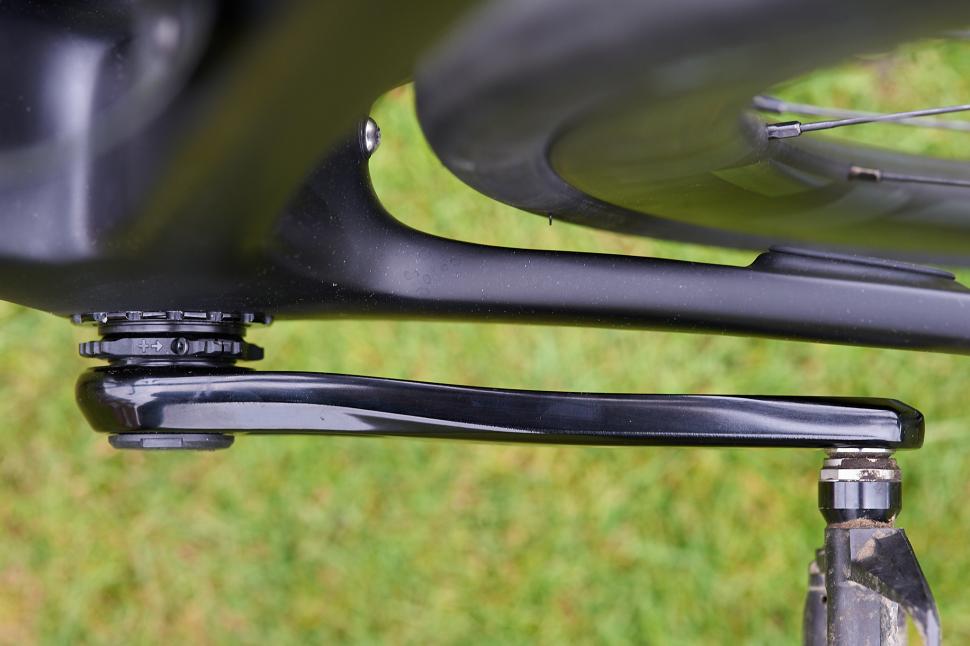

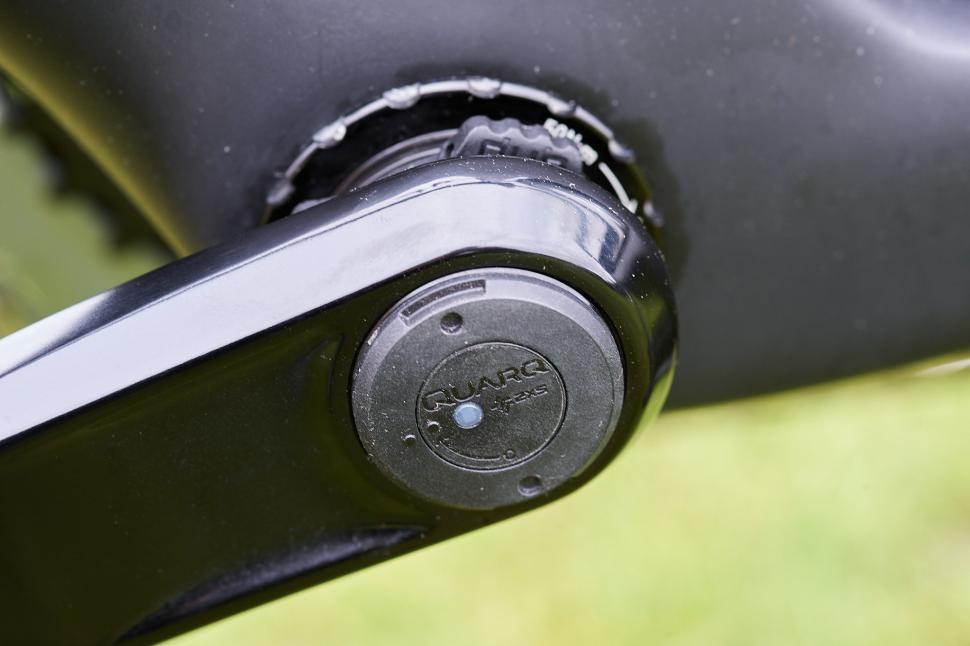
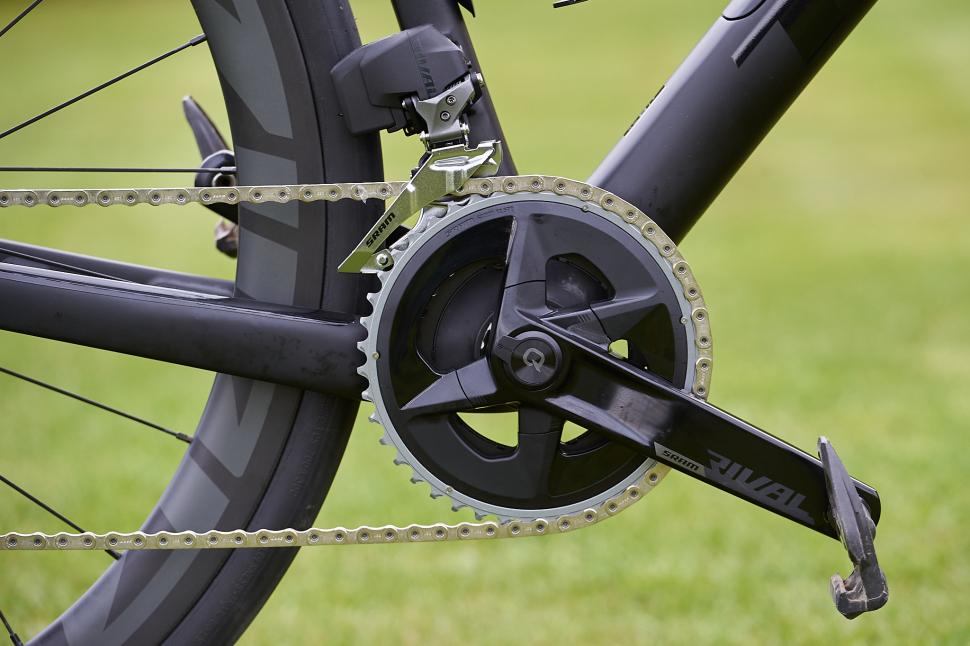


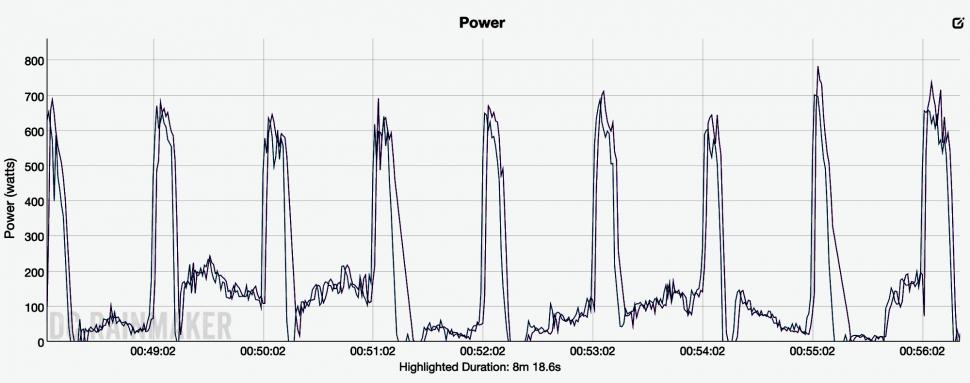
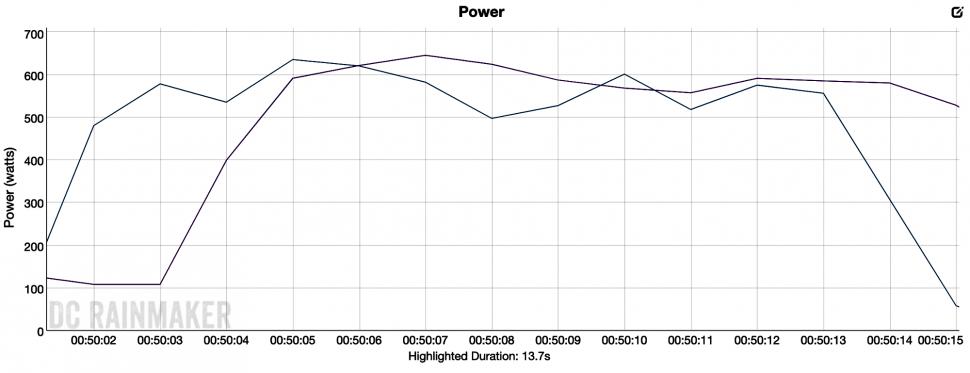

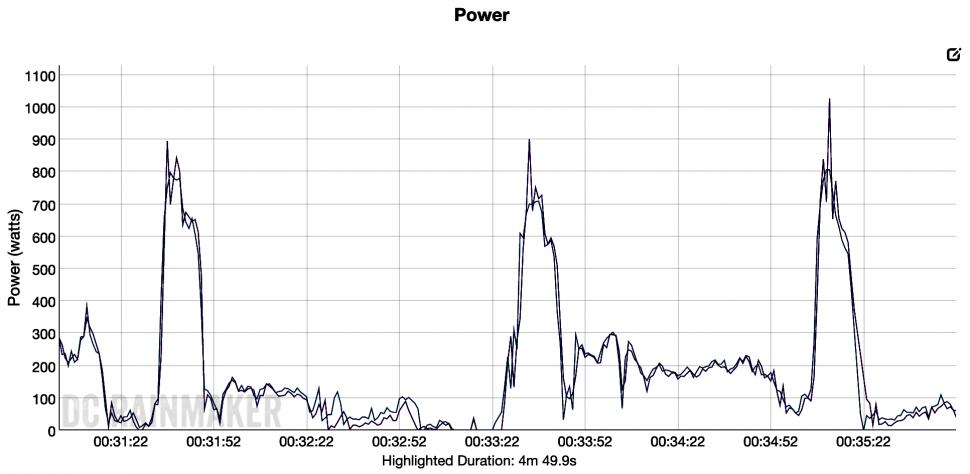


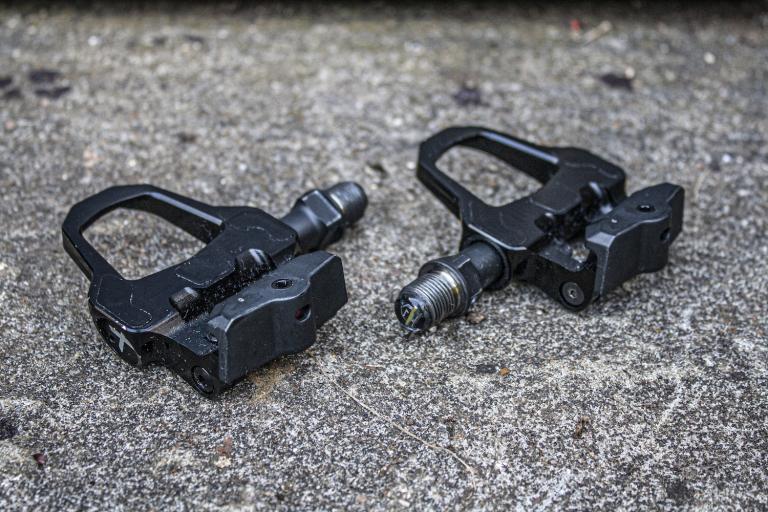
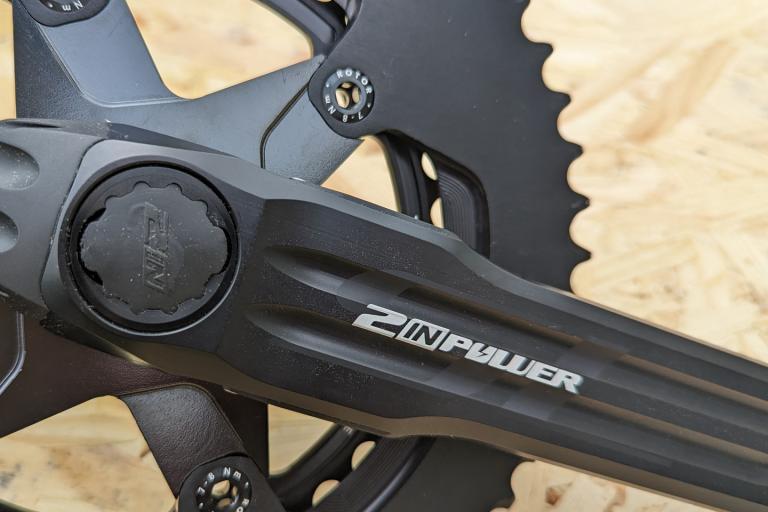


Eh? Yes they do. Don't they?
If you have an EE mobile phone contract, you may be able to get TNT Sports as an inclusive extra.
Robert Maxwell disproved that some time ago.
And building bikes is a bit of a chore, even when everything is set up to fit....
Buggy hit by car blamed on traffic scheme...
Mercedes A-Class WU66 LLJ below went without MOT for 8 1/2 months from 19.10.23 to 2.7.24. I just happen to be doing some following up and evidence...
I think you've got your Yateses mixed up.
Phafff!...
The veg analogy is spot on. In the same manner that I despise sprouts I have no interest in watching football, not the English premier nor the ...
"Othering" is likely involved. There are some other "but humans" features * here too I think....